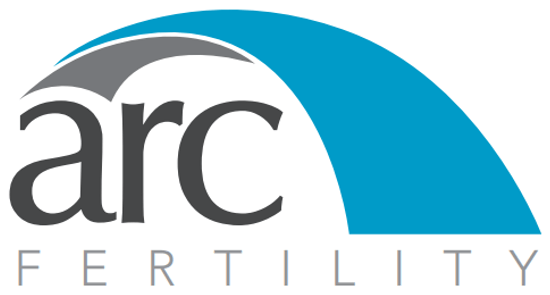Among the choices available for couples seeking fertility treatment, embryo donation is an important option to consider. Embryo donation is much more affordable than many other fertility treatments, and its odds of success are relatively favorable. Like any medical technique, however, it comes with its own challenges.
Embryo donation is defined as giving remaining embryos resulting from in vitro fertilization to either another person or couple. These embryos are placed into the recipient woman’s uterus to facilitate pregnancy and childbirth. Similar to egg and sperm donation, the resulting child is considered the child of the birth mother, and not the child of the donor. In most cases, the embryos are donated after the woman for whom they were originally created has successfully carried one or more pregnancies to term.
Embryo donation is also known as embryo adoption. The legal framework for donating embryos is still extremely new, and is most often treated as a sperm or egg donation would be. Many clinics complete the process of adopting embryos for couples, ensuring that both parties are protected and comfortable with the procedure.
Dr. David Adamson, founder and CEO of ARC Fertility, says, “With any fertility treatments and procedures there are always things to consider, embryo adoption is no different. For couples who have few options left, it’s a great option and the odds are very favorable. For couples both donating and adopting, there are obviously many emotions involved in the process, therefore much consideration must be taken.”
In addition to encouraging couples to consider embryo adoption as a means of getting pregnant, Dr. Adamson points out the role of couples with unused embryos: “In addition to those patients receiving embryo donations, we advise couples to consider adopting unused embryos to other couples as so few choose this option – most couples either pay for storage for many, many years or donate to research.“

